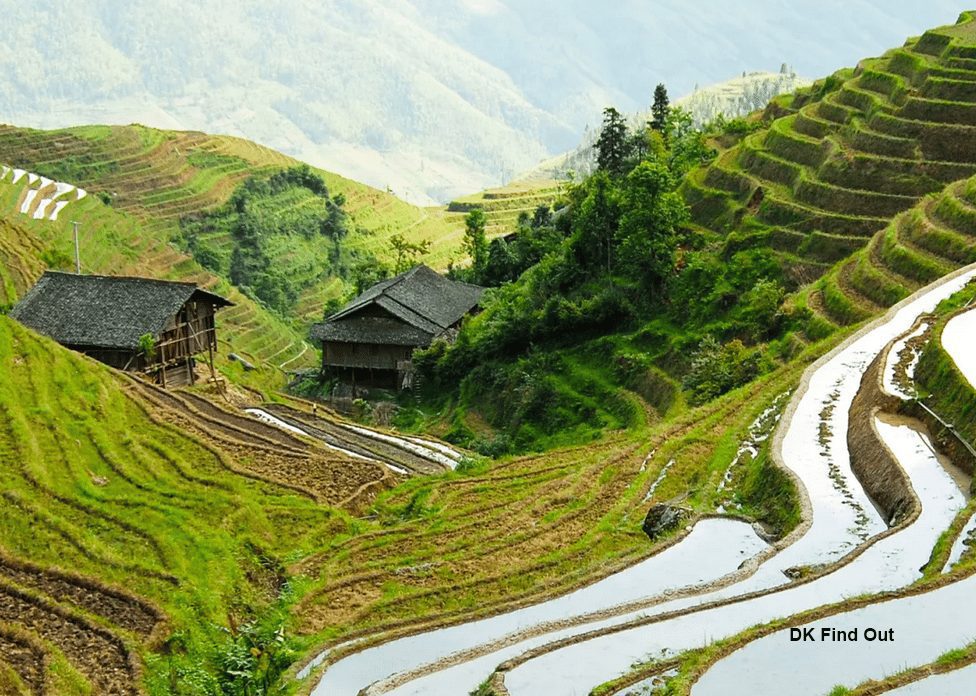By Wandile Sihlobo, Business Day, 21January 2020
One of the key themes that dominated agricultural markets in 2019 was US-China trade tension. This caused trade diversion, as Chinese agricultural traders looked at other markets for goods they would have imported from the US.
One of the countries that benefited most was Brazil, which saw its agricultural exports to China grow 35% between 2017 and 2018, to $31bn. With a phase one trade agreement having been reached between the US and China this past week, there is now a sense of relief.
The question that has arisen, however, is whether the agricultural supply chains will readjust back to their pre-2017 state. In brief, from an agricultural perspective the agreement states that from January 1 2020 to December 31 2021, China will ensure that agricultural goods of “no less than $12.5bn above the corresponding 2017 baseline amount [are] purchased and imported into China from the US in the calendar year 2020, and no less than $19.5bn above the corresponding 2017 baseline amount [are] purchased and imported into China from the US in the calendar year 2021”.
The value of US agricultural exports to China in 2017 was $24bn. Thephase one agreement therefore means China has pledged to buy $36.5bn worth of US agricultural goods (including ethanol) in 2020, rising to $43.5bn by 2021. This, however, will be done under “commercial considerations and market conditions”. The agricultural products the US intends to export to China as part of this agreement include oilseeds, cereal, meat, cotton and other agricultural commodities. However, it is unclear at this stage how much of each product China will buy.
I doubt if the supply chains will readjust back to pre-2017 stages, as the ever-increasing Brazil soya bean production, combined with the weaker domestic currency, makes its agricultural products attractive and affordable for international buyers (including China).
Moreover, the caveat included in the agreement, which states that China will purchase the agricultural products on “commercial considerations” and dictated by “market conditions” is another factor that introduces uncertainty. For SA farmers these developments will have a limited effect. SA has minimal exposure to the Chinese agricultural market the US is aiming to increase its participation in.
SA only had a 0.5% share of the value of China’s agricultural imports, which were worth $129bn in 2018.Be that as it may, China remains an attractive marketthat SA should continue pursuing to earn trade agreements for various products. As I have previously argued in this column, what has constrained SA’s agricultural export growth in the Chinese market over the past few years is not only the fact that the products most in demand there are not produced in SA, but rather trade barriers. In part, this is because of the way China facilitates agricultural trade agreements —mainly focusing on one product line at a time —which ultimately slows trade.
If China is tobe an area of focus for SA’s export-led growth in agriculture, a new way of engagement will be essential to soften the barriers to trade. One way of doing this would be for SA to encourage foreign direct investment in agriculture, specifically for potential new production areas such as Eastern Cape, KwaZulu-Natal and Limpopo, which still have large tracts of underutilised land.Having Chinese nationals as partners to agricultural development might be one way of easing trade and a way of doing business between the countries. A number of instruments can be devised, but one thing for certain is that China should be key to SA’s agricultural sector as a place for export-led growth.
Sihlobo is chief economist of the Agricultural Business Chamber of SA (Agbiz).
The South African Pork Producers’ Organisation (SAPPO) coordinates industry interventions and collaboratively manages risks in the value chain to enable the sustainability and profitability of pork producers in South Africa.









